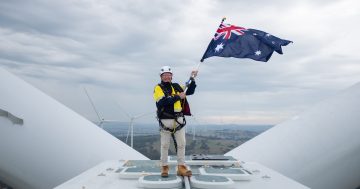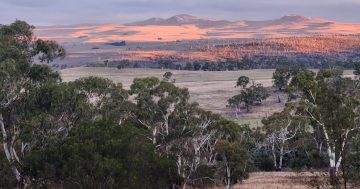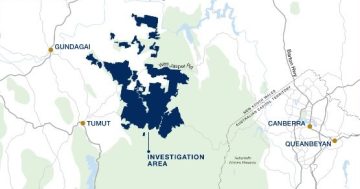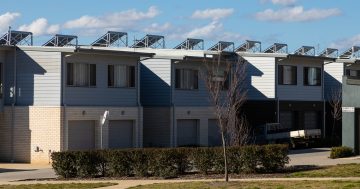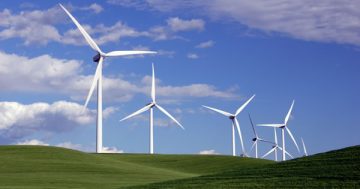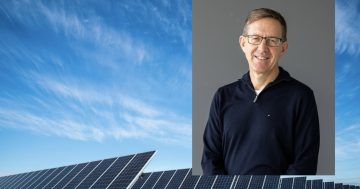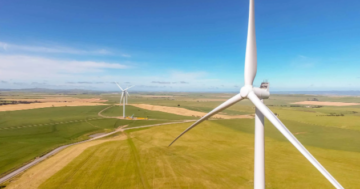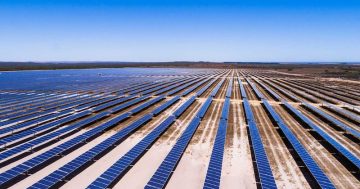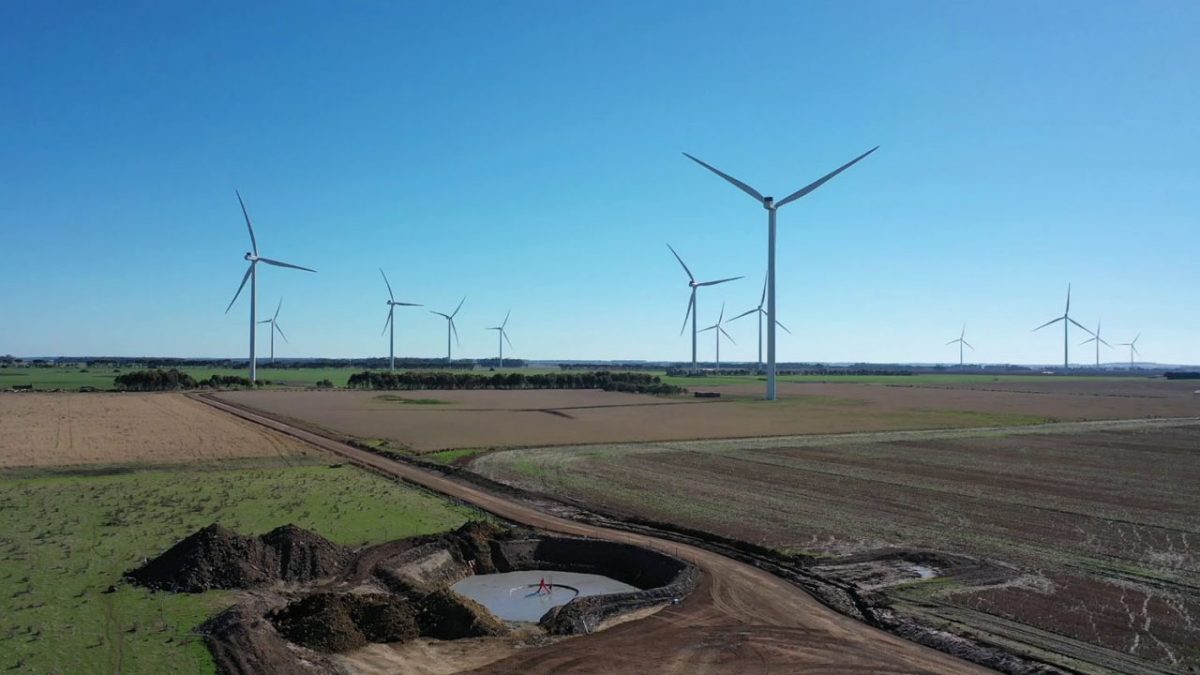
The Berrybank Stage 2 wind farm will generate 390 GWh of clean energy per year, equivalent to the electricity consumption of 71,000 households. Photo: GPG.
Another wind generator has come on stream to bolster the ACT’s renewable energy supply.
The government has announced the Berrybank Stage 2 wind farm in Victoria’s Western Plains is now in operation after it struck a 10-year deal with Global Power Generation (GPG) in 2020 to supply the Territory with renewable electricity.
Minister for Water, Energy and Emissions Reductions, Shane Rattenbury said this milestone strengthened the ACT’s commitment to 100 per cent renewable electricity.
“Berrybank 2 is one of 13 large-scale renewable energy generators that are spread across the country, providing the ACT with zero emissions energy at low prices now and into the future,” Mr Rattenbury said.
“The windfarm has a total capacity of 109 MW (megawatts) from 26 wind turbines, which will generate 390 GWh (gigawatt hours) of clean energy per year, equivalent to the electricity consumption of 71,000 households.”
Mr Rattenbury said as Canberra grew, it would need more electricity as gas was phased out.
“The Berrybank wind farm will boost our renewable electricity supply and help power an all-electric Canberra,” he said.
Mr Rattenbury said the price stability the ACT was now enjoying compared with other jurisdictions was the result of decisions made over a decade ago to implement a 100 per cent renewable electricity target.
“These policy decisions have largely protected the ACT community from the extreme price volatility in wholesale electricity prices that other jurisdictions are facing,” he said.
The GPG deal followed Round 5 of the ACT’s Renewables Reverse Auction, which had helped bring in more than $500 million worth of investment to the region, making Canberra a centre for high-skilled renewable sector jobs, Mr Rattenbury said.
“The addition of the Berrybank 2 wind farm will ensure Canberra’s continued access to affordable and reliable zero-emissions energy.”
The deal also included the 20 MWh Battery Energy Storage System at the Queanbeyan substation that has been operating since November to support the ACT distribution grid, in partnership with TransGrid.
GPG is a joint venture of Spanish multi-national Naturgy Energy Group SA (75 per cent) and the Kuwait Investment Authority (25 per cent).












